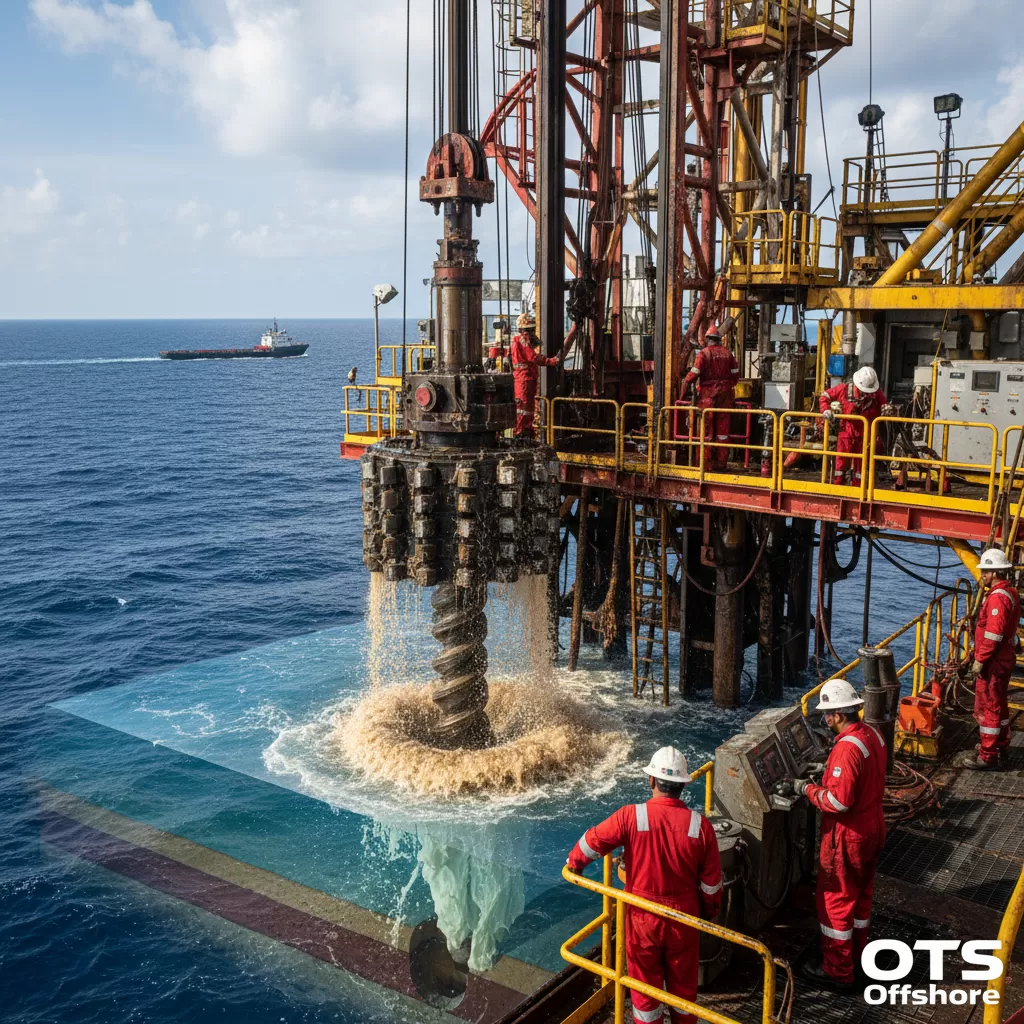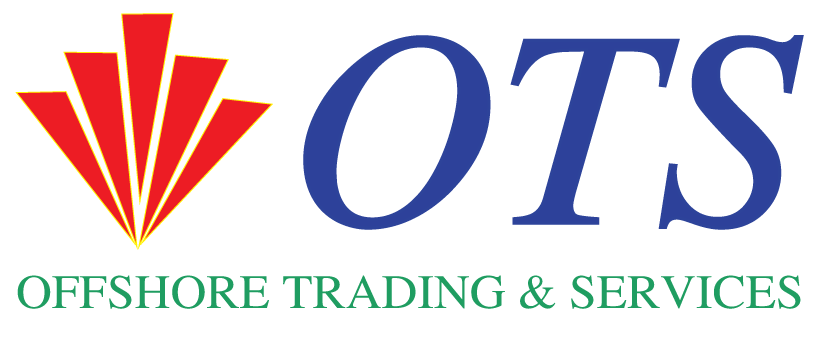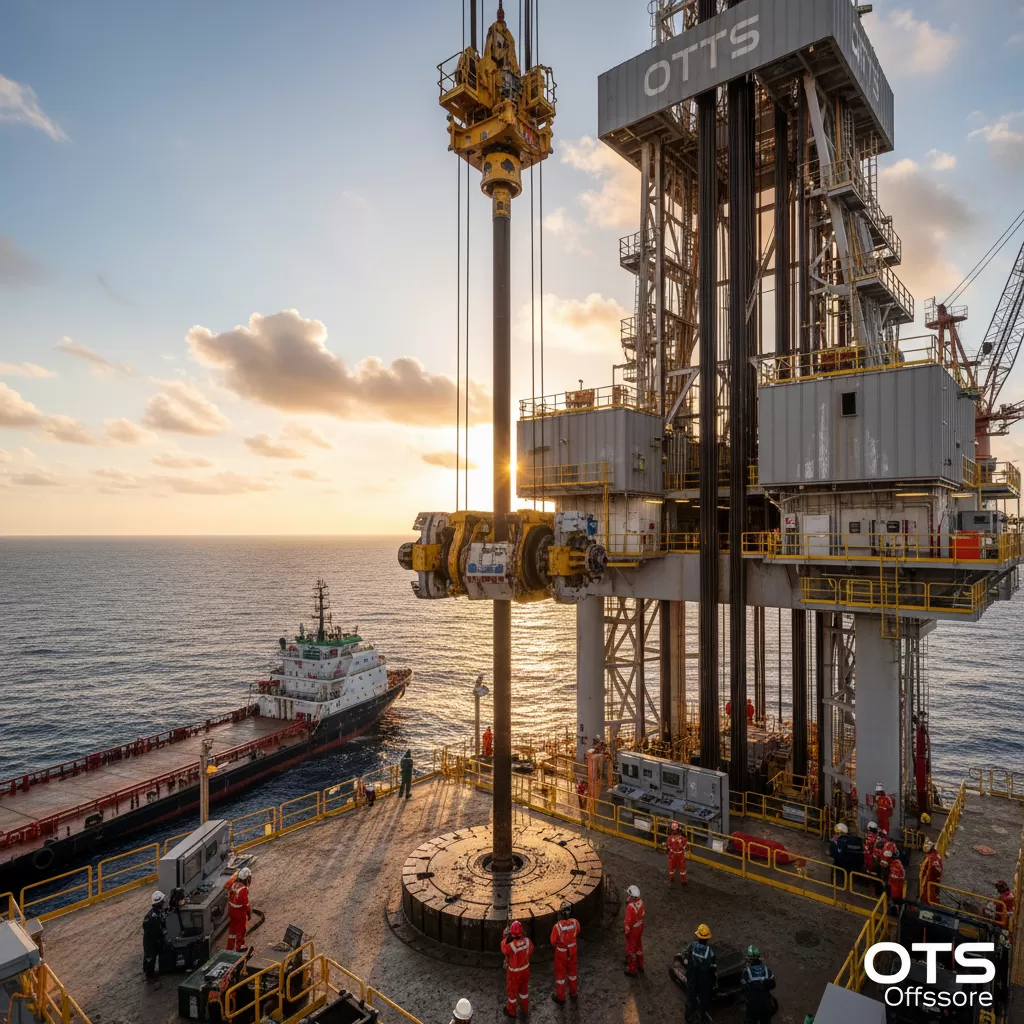This article delves into the intricate technological capabilities of modern drilling rigs and their associated equipment, crucial for efficient and safe well construction in the oil and gas industry. We will explore advancements in rig design, downhole tools, automation, and data analytics that are shaping the future of hydrocarbon exploration and production.
The Evolving Technological Capability of Drilling Rigs and Associated Equipment in Well Construction
The exploration and production of hydrocarbon resources are fundamentally underpinned by the sophisticated technological capability of drilling rigs and their associated equipment. In the dynamic landscape of the oil and gas sector, continuous innovation in drilling technology is not merely an advantage; it is an imperative for enhancing operational efficiency, ensuring safety, reducing environmental impact, and accessing previously uneconomical reserves. Understanding the multifaceted technological capability of drilling rigs, from the colossal offshore platforms to the more agile onshore units, and the intricate array of downhole tools, is paramount for industry professionals. This article aims to provide an in-depth overview of these capabilities, highlighting key advancements and their implications for modern well construction. The quest for optimizing drilling performance and mitigating inherent risks has driven significant investment in research and development, leading to a generation of drilling systems that are more intelligent, robust, and adaptable than ever before. The technological capability drilling operations employ today directly influences project economics, timelines, and the ultimate success of exploration endeavors.
Defining the Core Technological Capability of Drilling Rigs
At its heart, the technological capability of a drilling rig refers to its capacity to execute the complex and demanding operations involved in penetrating the earth’s subsurface to construct a wellbore. This encompasses a broad spectrum of functionalities, including the ability to apply significant vertical load (hook load), rotate the drill string, circulate drilling fluids, manage pressures, and safely deploy casing. Modern rigs possess enhanced capabilities in these areas, driven by advancements in power generation, structural integrity, and mechanical systems. The trend towards deeper wells, more complex geological formations, and remote operating environments has pushed the boundaries of what was previously considered achievable. The technological capability drilling rigs exhibit is a direct reflection of engineering prowess in metallurgy, hydraulics, automation, and materials science.
– Power systems: Diesel-electric or hybrid systems offer improved efficiency, reduced emissions, and greater flexibility in power management, allowing for optimized energy utilization during various drilling phases.
– Hoisting systems: Advanced drawworks and top drive systems provide higher hook loads and more precise control over drill string rotation and vertical movement, crucial for deep drilling and complex well trajectories.
– Rotating systems: Top drive technology has largely replaced conventional rotary tables, offering superior torque, speed control, and improved safety by eliminating the need for manual pipe handling at the rig floor.
– Circulation systems: High-capacity mud pumps, sophisticated solids control equipment, and advanced fluid monitoring systems ensure efficient removal of drill cuttings and proper wellbore lubrication and stabilization.
– Well control equipment: Blowout preventers (BOPs) and associated systems have seen significant advancements in reliability, sealing capability, and remote activation, critical for preventing well blowouts.
The Role of Associated Equipment in Enhancing Drilling Performance
The technological capability of a drilling rig is intrinsically linked to the performance and sophistication of its associated equipment. These components, often working in concert with the rig itself, are designed to optimize every stage of the well construction process, from the initial spudding to the final completion. The integration of these technologies is what truly defines the modern drilling operation’s effectiveness.
– Drill bits: Innovations in bit technology, including advanced polycrystalline diamond compact (PDC) cutters, hybrid bits, and specialized designs for specific formations, dramatically impact drilling speed and efficiency. The right bit selection is a cornerstone of technological capability drilling.
– Drill string components: High-strength drill pipe, specialized stabilizers, and downhole motors contribute to achieving complex wellbore trajectories and maintaining drilling integrity under challenging conditions.
– Measurement While Drilling (MWD) and Logging While Drilling (LWD) tools: These downhole sensors provide real-time data on wellbore geometry, formation characteristics, and drilling parameters, enabling immediate adjustments to optimize performance and minimize risks. This real-time data is a critical component of the technological capability drilling operations leverage.
– Casing and cementing equipment: Advanced casing running tools and cementing equipment ensure the structural integrity and isolation of the wellbore, preventing formation damage and fluid migration.

Advancements in Offshore Drilling Rig Technology
Offshore drilling presents unique and formidable challenges, necessitating highly specialized and technologically advanced rigs. The technological capability drilling in these environments demands resilience against harsh weather conditions, precise positioning, and the ability to operate at extreme water depths.
– Semi-submersible rigs: These stable platforms are well-suited for deepwater operations, offering excellent motion characteristics in rough seas. Their technological capability drilling involves complex ballast systems and mooring or dynamic positioning systems.
– Drillships: Mobile and versatile, drillships are increasingly employed for exploration in frontier deepwater regions. Their technological capability drilling is defined by advanced dynamic positioning systems and powerful drilling equipment.
– Jack-up rigs: Primarily used in shallower waters, jack-up rigs provide a stable platform by lowering legs to the seafloor. Their technological capability drilling focuses on rapid deployment and efficient drilling operations in their operational depth range.
– Subsea equipment: Advanced subsea wellheads, trees, and control systems are crucial for managing production and intervention activities without the need for a surface platform in ultra-deepwater scenarios.
Innovations in Onshore Drilling Technology
While often perceived as less complex than offshore operations, onshore drilling also benefits immensely from technological advancements, particularly in accessing unconventional resources and operating in environmentally sensitive areas. The technological capability drilling onshore aims for greater mobility, reduced footprint, and enhanced efficiency.
– Modular rigs: These rigs are designed for rapid assembly and disassembly, facilitating quicker moves between well sites and reducing transportation costs.
– Directional drilling systems: Advanced steerable motor systems and rotary steerable assemblies allow for highly precise directional drilling, enabling the exploitation of unconventional reservoirs like shale gas and tight oil.
– Automation and remote operations: Increased automation on the rig floor, including automated pipe handling and drilling parameter control, enhances safety and efficiency. Remote monitoring and operation centers are becoming more prevalent.
– Environmental controls: Technologies focused on minimizing water usage, managing waste fluids, and reducing emissions are integral to modern onshore drilling operations.

The Impact of Automation and Digitalization on Drilling Capability
The integration of automation and digitalization is revolutionizing the technological capability of drilling rigs and associated equipment, ushering in an era of intelligent drilling. This transformation is driven by the need for greater precision, enhanced safety, and more efficient data utilization.
– Automated drilling control systems: These systems monitor and adjust drilling parameters in real-time, optimizing drilling performance, reducing non-productive time (NPT), and mitigating risks associated with human error.
– Robotics and remote operation: The use of robotic arms for pipe handling and the increasing capability for remote monitoring and control of drilling operations enhance worker safety and operational efficiency.
– Data analytics and machine learning: Vast amounts of data generated during drilling operations are now being analyzed using advanced algorithms and machine learning to predict equipment failures, optimize drilling parameters, and improve wellbore placement. This data-driven approach is a significant enhancement to the technological capability drilling operations can achieve.
– Digital twins: Creating virtual replicas of rigs and wells allows for simulation, training, and predictive maintenance, further optimizing operations and reducing costly downtime.
Future Trends in Drilling Rig Technology
The evolution of drilling technology is relentless, with several key trends shaping the future of well construction. The continuous pursuit of enhanced technological capability drilling is driving these innovations.
– Electrification and hybrid power solutions: Moving away from traditional diesel engines towards electric or hybrid power systems promises significant improvements in fuel efficiency, reduced emissions, and lower operational costs.
– Advanced materials: The development and application of new, high-strength, and lightweight materials will lead to more robust and efficient drilling equipment capable of withstanding extreme conditions.
– Extended Reach Drilling (ERD) and Managed Pressure Drilling (MPD): Technologies enabling the drilling of longer horizontal sections and precise control of wellbore pressures are crucial for accessing complex reservoirs and optimizing production.
– Subsurface intelligence: Further advancements in downhole sensing and data acquisition will provide unprecedented insight into reservoir conditions during the drilling process, enabling more informed decision-making and optimized well designs. The technological capability drilling possesses is increasingly about understanding the subsurface in real-time.
– Nanotechnology applications: Emerging applications of nanotechnology in drilling fluids and materials hold the potential for enhanced lubrication, improved formation integrity, and more efficient cuttings removal.
The ongoing development in the technological capability of drilling rigs and associated equipment is a testament to the industry’s commitment to innovation. These advancements are not only improving the efficiency and safety of current operations but are also essential for unlocking future energy resources.








